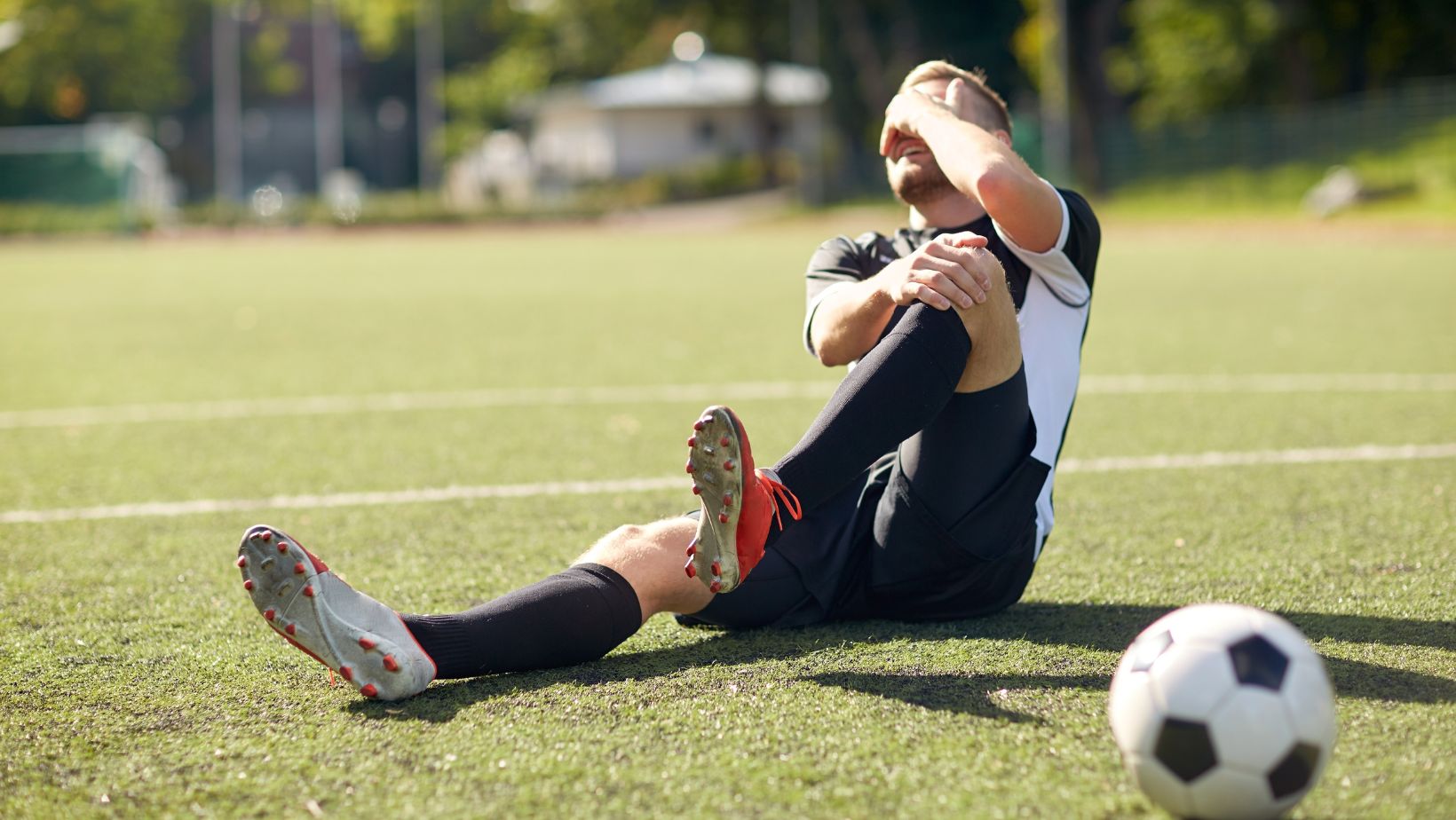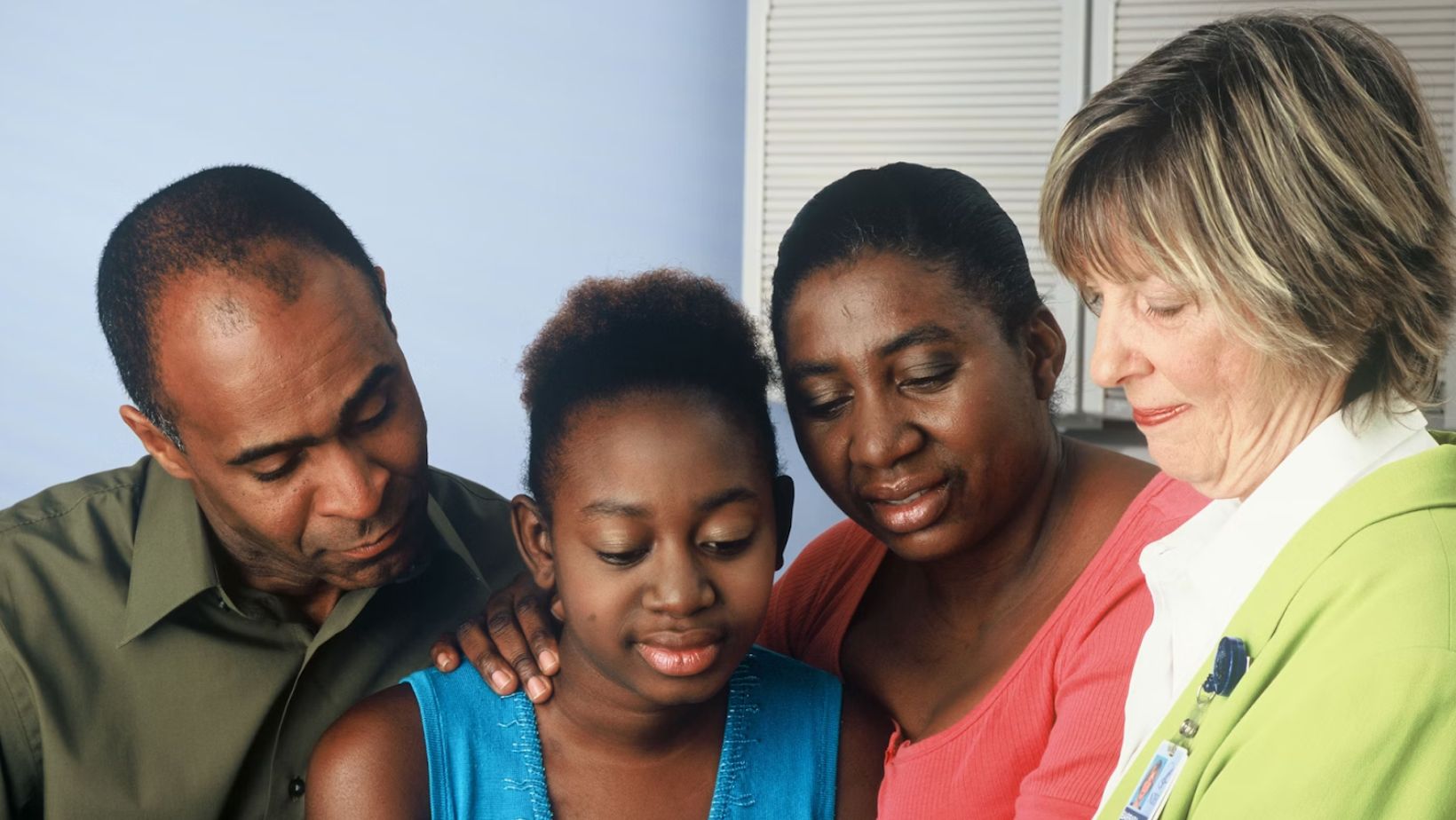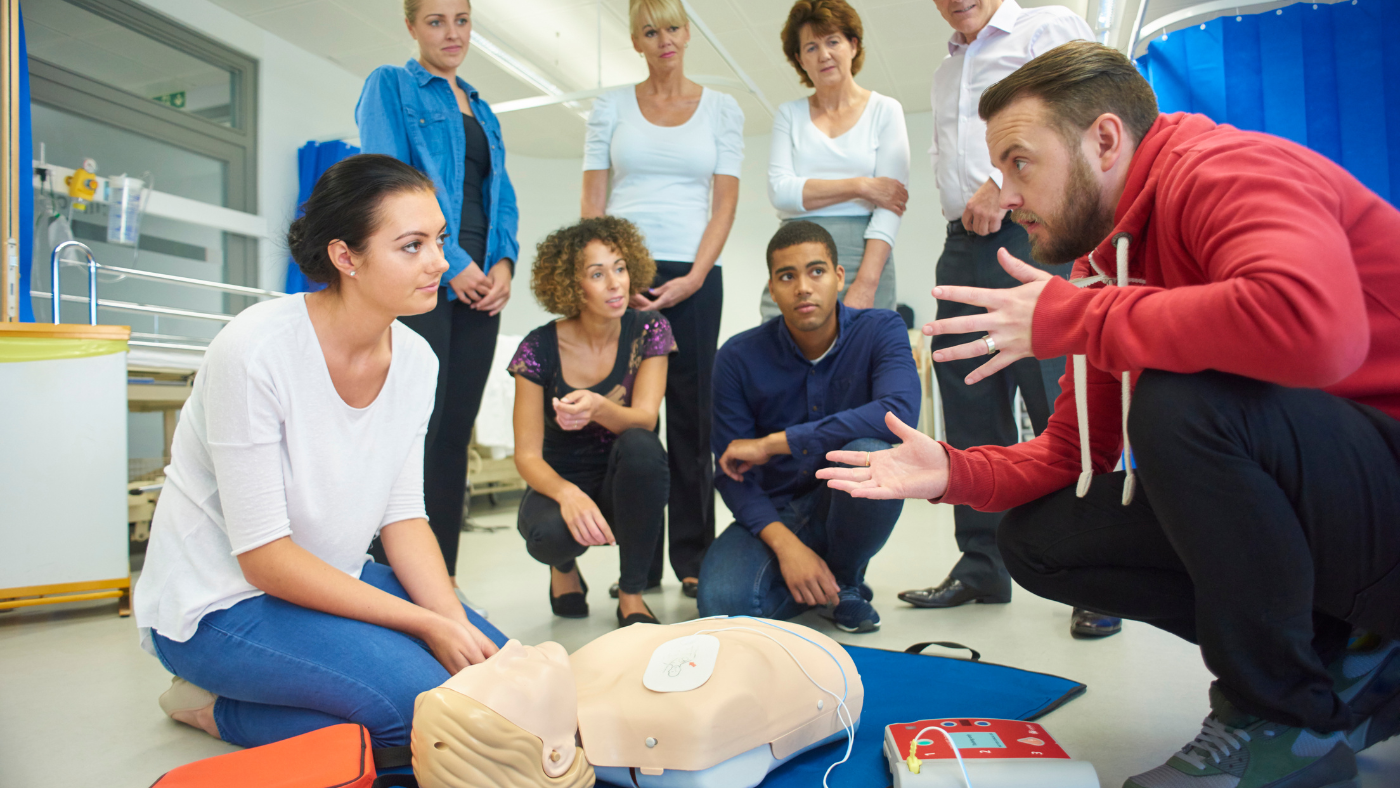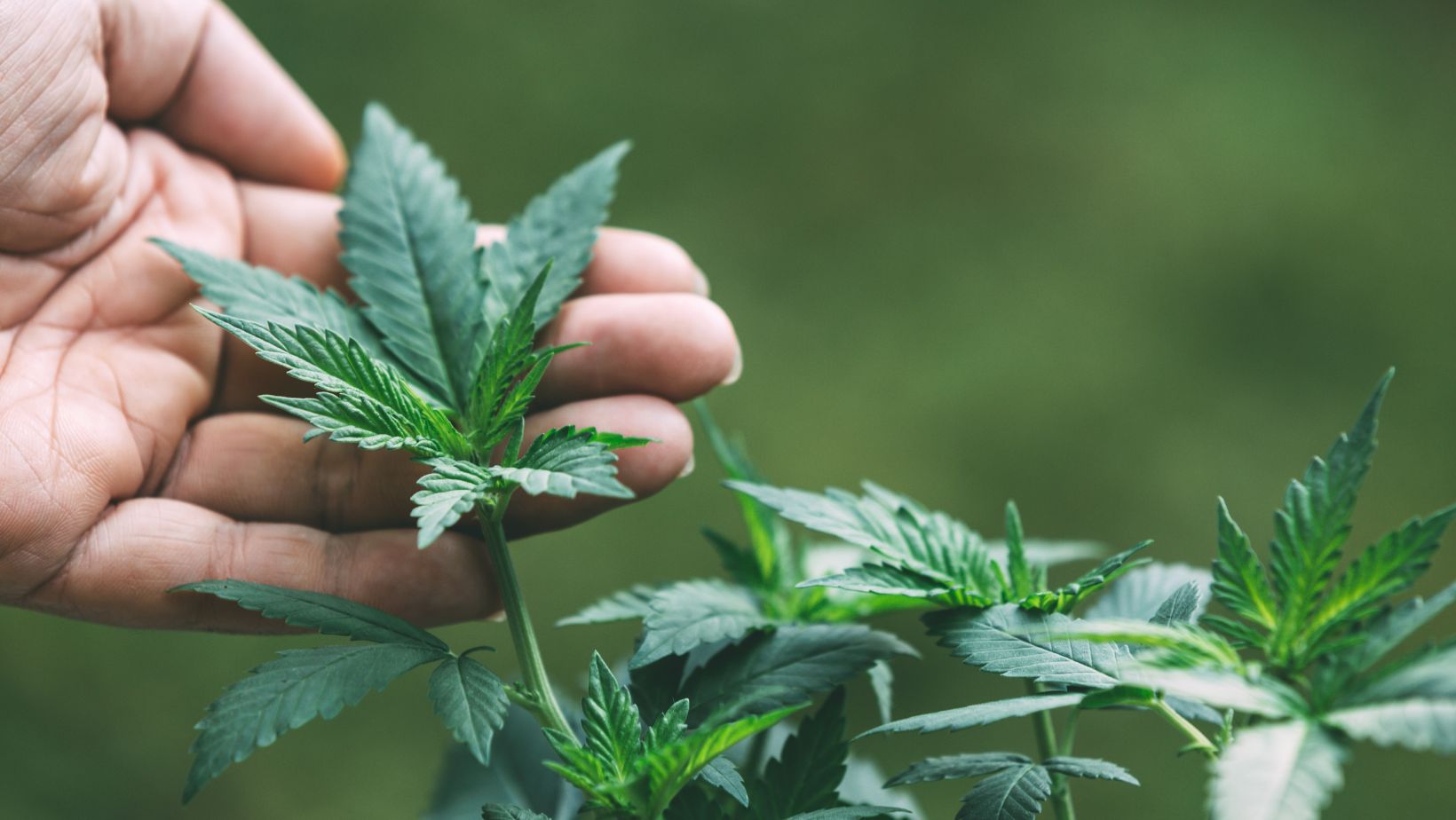Sports injuries are said to affect around 50% of all athletes at one point or another. Whether you’re a weekend warrior or a professional athlete, learning to identify and properly recover from sports injuries can help you get back in the game much sooner and prevent reinjury or loss of performance. Here, we’re going to look at some of the most common sports injuries and how to make sure you recover quickly and to full capacity.
Table of Contents
ToggleWhat Are The Most Common Sports Injuries?
There are over 50 different types of injuries that can occur from sport. Here are some of the most common:
Sprains and Strains
Sprains and sprains are by far the most common injuries among sportspeople. Sprains occur when ligaments are torn or pulled. They are most common in the ankle but can occur at any joint. Strains usually refer to when a muscle is pulled or torn, which most often occurs if the athlete hasn’t warmed up properly.
Fractures
Fractures are when a bone breaks or chips. They usually happen after large falls or from contact injuries.
Tendinopathy
Tendinopathy refers to pain in the tendon; this can be mini tears, partial tears, or, most commonly, just inflammation.

Tendinopathies are often caused by impact and resolve with strength training.
Shin Splints
A common injury amongst runners is often linked to overstriding or high-impact work.
Meniscus injuries
The meniscus is the disc-shaped cushion on the side of the knee, and these injuries are often linked to overpronation or supination in the foot or twisting injuries on the field.
8 Steps to Achieve Full Recovery
Initial Assessment and Rest
Upon experiencing an injury, the first thing you usually want to do is follow the RICE protocol. Rice stands for Rest, Ice, Elevation, and compression and helps to reduce inflammation and pain directly after the injury.
See a professional
The next important step is to diagnose the injury. For this, it’s best to see a professional. Often what seems like a soft tissue injury can be a fracture that needs to be set correctly, or this can be a problem later in life.
Immobilization
This is essential for fractures and sometimes major ruptures in the tendon or ligament. Your doctor or physio will be able to advise you if this is necessary.
Gradual Rehabilitation
Once you’re cleared to begin rehabilitation, you’ll want to start slow and progress; your physio should give you a program to follow, which starts with mobilization to prevent scar tissue build-up and progressively builds strength in the affected joint.
Massage and nutrition
While recovering it’s important to gently massage the injury to help bring lymph back to the nodes. Never undervalue the importance of nutrition. Vitamin C catalyzes the production of collagen.

Collagen is the building block of our soft tissue, including our tendons, ligaments, and skin. In mouse studies, vitamin C supplementation almost doubled recovery time in mice with full Achilles tendon ruptures. Other important nutrients for bones include calcium and vitamin D.
Water therapy
Most sports injuries occur in the lower limb. Practicing walking, jumping, and other movements in the water first can act as a bridge to doing them on land – water takes weight off a person’s feet.
Sleep
When recovering from injuries, always make sure you get enough sleep. Ensuring you have enough magnesium can aid in your sleep quality. Optimize your sleep environment by decluttering, using blackout curtains, running white noise, and promoting a cool if not cold setting. A fan is an option, but Chilipad by Sleepme bed cooling solutions can autoregulate temperature all night long.
Preventing further injuries
The most important step to prevent further injuries is to ensure a full recovery. Always complete your physio exercises. Make sure to fully mobilize soft tissue injuries so the collagen is laid straight, not bunches of scar tissue. Ensure you have enough nutrients, particularly vitamin C, so the body can fully rebuild the injured tissue. With strength training, make sure that you increase the load slowly, for example, by using water therapy as a bridge between banded work and weight-bearing activity.
Hopefully, this has given you a few interesting tips to speed up your recovery and get back on your feet. If you want to learn more, check out our blog, where we discuss Physical Therapy for Achilles Tendinitis in much more detail.





